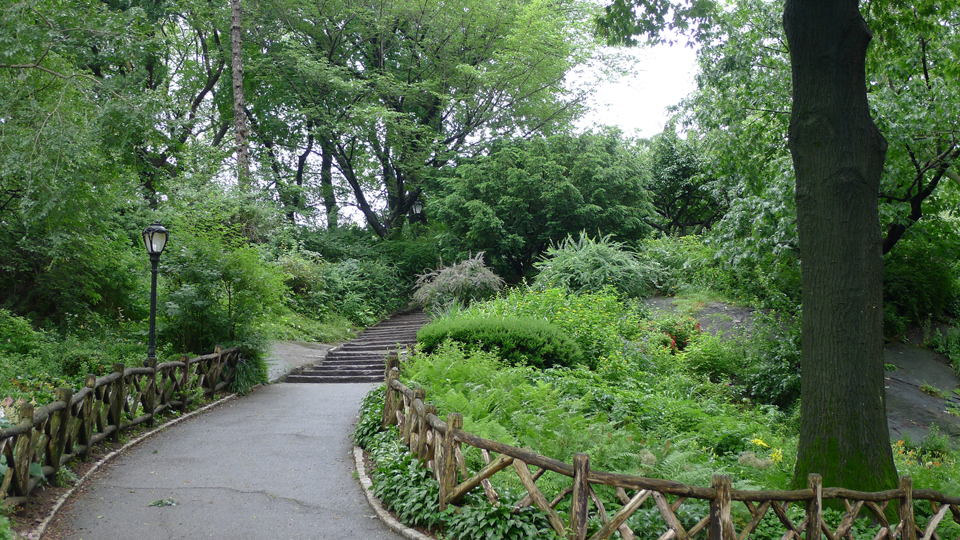 Garden roads are divided on the basis of the type -the movement of the movement, type of structure, materials used, etc.. Within the green areas, the road is most often divided into target and walking.
Garden roads are divided on the basis of the type -the movement of the movement, type of structure, materials used, etc.. Within the green areas, the road is most often divided into target and walking.
The destination roads are built to obtain the shortest possible connection between two different points, Therefore, they are most often characterized by a mileage in a straight line. Tire roads should have surfaces enabling easy movement at any time of the year and the width adapted to the expected traffic.
Walking roads are run like this, to get the best possible walking conditions, So they are most often adapted to the local terrain, carried out among compact tree systems, on the banks of water reservoirs, etc.. Their course is usually curvilinear, and the length intentionally increased. Walking road surfaces are often made of cheaper materials and relatively simple ways, so that they can serve primarily in the summer. For this reason, such surfaces are often inaccessible in spring or autumn rainfall. This should be strived for this, In order for walking road surfaces in intensively used facilities to be available all year round: Good surface condition should encourage walks. It is unfavorable, When the poor condition of the surface is the reason for closing parks or gardens during adverse weather conditions.
In addition to the discussed division of roads, it has target and walking roads in green areas, pedestrian and road and driving.
The construction of pedestrian roads is characterized by relatively the slightest load strength, Because it is not generally expected to enter their heavier vehicles. On such surfaces, however, it is allowed to move light vehicles used for cleaning and care works. Due to the low strength of pedestrian roads. They most often cause breaking or pressing the surface of the surface and destroying the curbs. Destruction of this type is often observed even when building the road as a result of poor coordination of work, careless driving, etc..